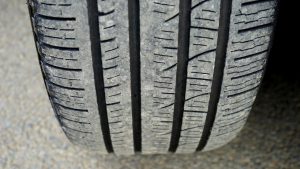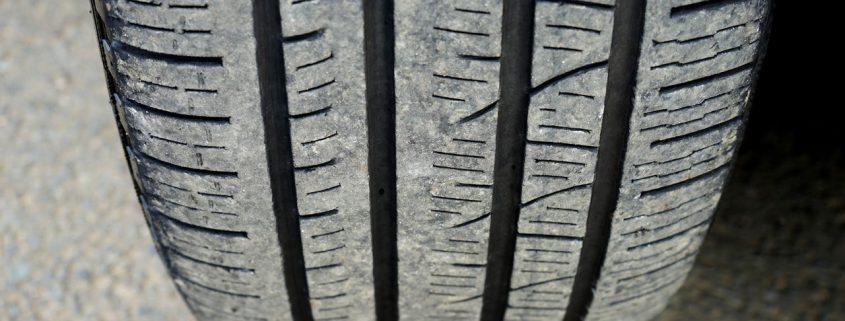How You Can Spot Tire Damage Today
 Your car tires are the most vulnerable part of your vehicle. Since it’s in direct contact with the road, tires can sustain cuts, punctures, and friction-related damage. The key here is spotting these damages before they compromise your road safety.
Your car tires are the most vulnerable part of your vehicle. Since it’s in direct contact with the road, tires can sustain cuts, punctures, and friction-related damage. The key here is spotting these damages before they compromise your road safety.
Practicing regular tire inspection will let you identify tell-tale signs of tire damage. Here are some of the red flags you should look for:
Tire bulges
Bulges often occur on the sidewalls of your tires. Such a bulge is a weak spot, which can cause blowouts and punctures while on the road.
Once you spot a tire bulge, you should have it repaired immediately. This is a major road hazard that can put your life and other drivers at risk.
Uneven tread wear
Are your tires thinning unevenly? If so, your wheels are probably misaligned, or you’re not using proper tire pressure.
Aside from that, uneven tread wear can also indicate problems with your car’s suspension. It’s important to check this right away to avoid accidents on the road.
Take note that uneven tread wear will shorten your tires’ lifespan. Worse, such uneven wear can impact your entire vehicle.
Too much vibration
Tire damage can also make your car shake or vibrate too much. It can be due to bent, damaged, or misaligned wheels.
You’ll feel the vibration on the steering wheel and seats. In worst cases, the vibration can be felt on the brake pedal.
You should get your car checked immediately if there’s excessive vibration. Take note that such vibration can damage other car parts if not fixed right away.
Shallow treads
While it’s not directly a type of damage, a low tire tread signifies that you need a replacement.
New tires have a tread of 8 mm to 9 mm. However, many localities set 3 mm as the minimum legal limit, which compels you to get replacements. If not, points will be placed on your license, or you’ll pay a heavy fine.
Also, shallow treads are a precursor to further tire damage. A tire with a low tread is prone to punctures, bulges, blisters, and bursting.
TPMS light came on
If your car is manufactured after 2007, it surely has a TPMS or time pressure monitoring system. This is the horseshoe-like symbol that pops into your dashboard. When this light comes on, it indicates poor tire pressure or tire damage.
Once you see the TPMS light on, you should park your car and perform a visual inspection of your tires. You should also check tire pressure using a digital gauge.
If your tires have the right pressure and the light is still on, you should consider having your vehicle checked. It might be misaligned or sustaining too much heat while on the road.
Conclusion
Spotting tire damage early will save you from expensive replacements. But, most importantly, it will keep you safe on the road, especially during long-distance travels.
You should make it a habit to check your tires before each trip. And if you notice damages, you should have it repaired as soon as possible. This will save your life and your pocket from the consequences on the road.


